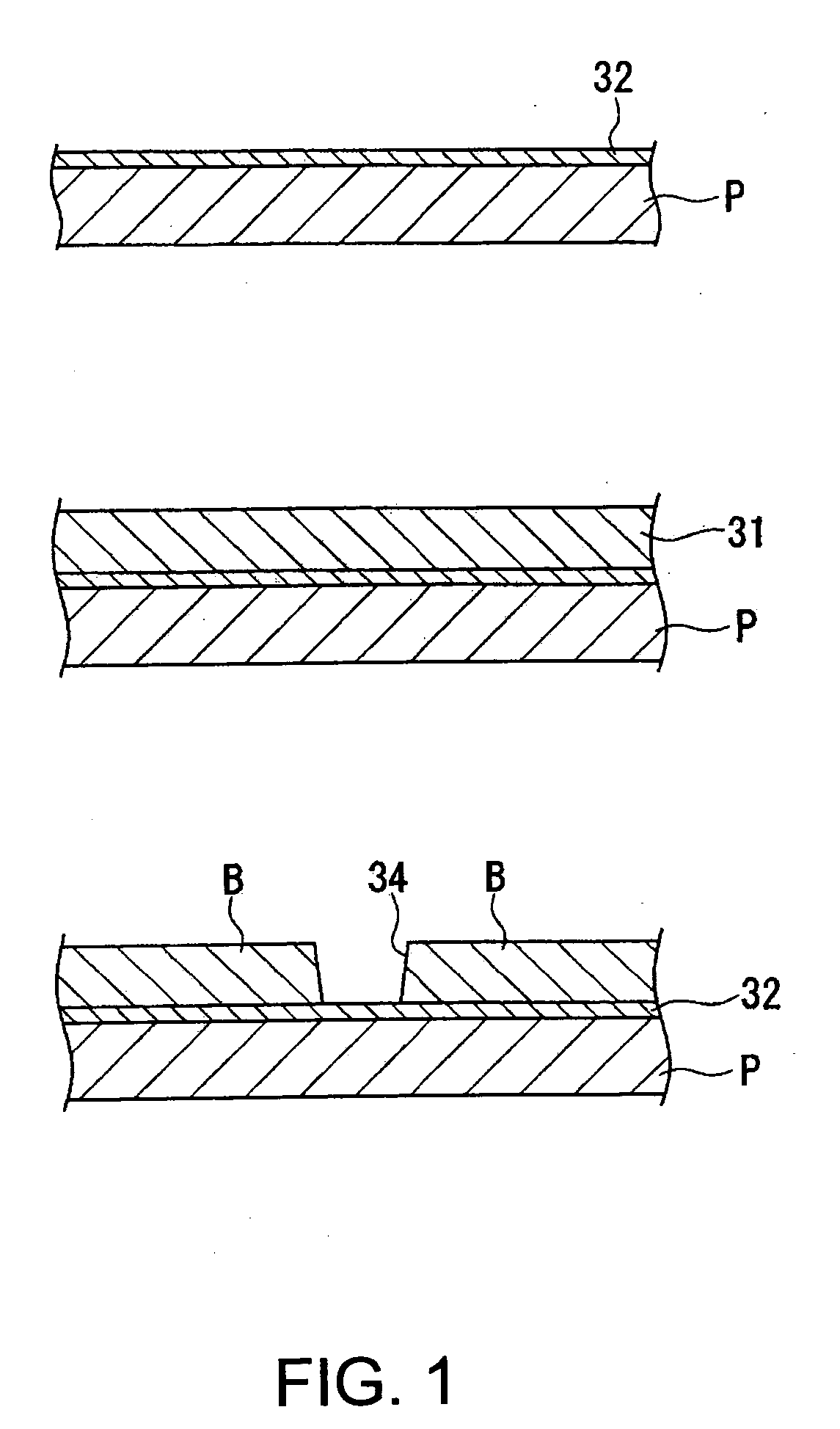Method for manufacturing functional film and method for manufacturing thin film transistor
a functional film and transistor technology, applied in the direction of coatings, pretreated surfaces, semiconductor devices, etc., can solve the problems of large-scale equipment such as vacuum devices and sophisticated processes, high manufacturing costs, and nearly a few percent of material efficiency in the use of materials, etc., to achieve good surface flatness and density good surface flatness
- Summary
- Abstract
- Description
- Claims
- Application Information
AI Technical Summary
Benefits of technology
Problems solved by technology
Method used
Image
Examples
Embodiment Construction
[0024] Embodiments of the invention will be described below with reference to the drawings. It should be noted that in each drawing, a different scale is used for each layer and each part to present each layer and each part in recognizable size on the drawings.
[0025] First, an embodiment of a method for manufacturing a functional film of the invention will be described. In the following manufacturing method, a bank is formed so that a wiring pattern (functional film) is formed in a region surrounded by the bank by using a droplet discharge method with a droplet discharge device. Hereinafter, each of these processes is described in detail.
[0026] In the method for forming the wiring pattern (functional film) according to the embodiment, after disposing a first ink for wiring pattern on a substrate, a second ink for wiring pattern is disposed. The method is roughly composed of a HMDS film forming process, a bank forming process, a residue treatment process (lyophilic process), a lyop...
PUM
| Property | Measurement | Unit |
|---|---|---|
| melting point | aaaaa | aaaaa |
| diameter | aaaaa | aaaaa |
| melting point | aaaaa | aaaaa |
Abstract
Description
Claims
Application Information
 Login to View More
Login to View More - R&D
- Intellectual Property
- Life Sciences
- Materials
- Tech Scout
- Unparalleled Data Quality
- Higher Quality Content
- 60% Fewer Hallucinations
Browse by: Latest US Patents, China's latest patents, Technical Efficacy Thesaurus, Application Domain, Technology Topic, Popular Technical Reports.
© 2025 PatSnap. All rights reserved.Legal|Privacy policy|Modern Slavery Act Transparency Statement|Sitemap|About US| Contact US: help@patsnap.com



